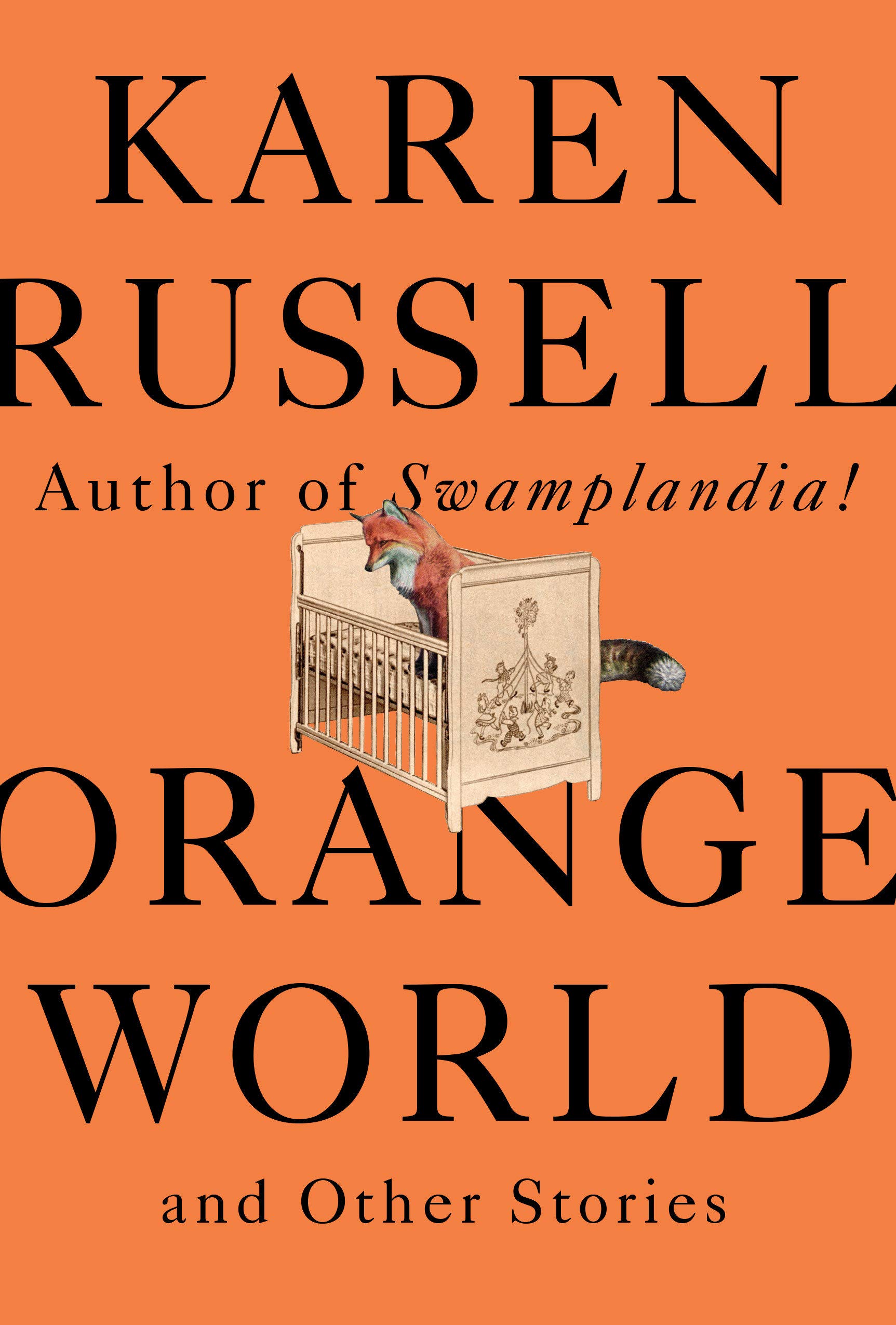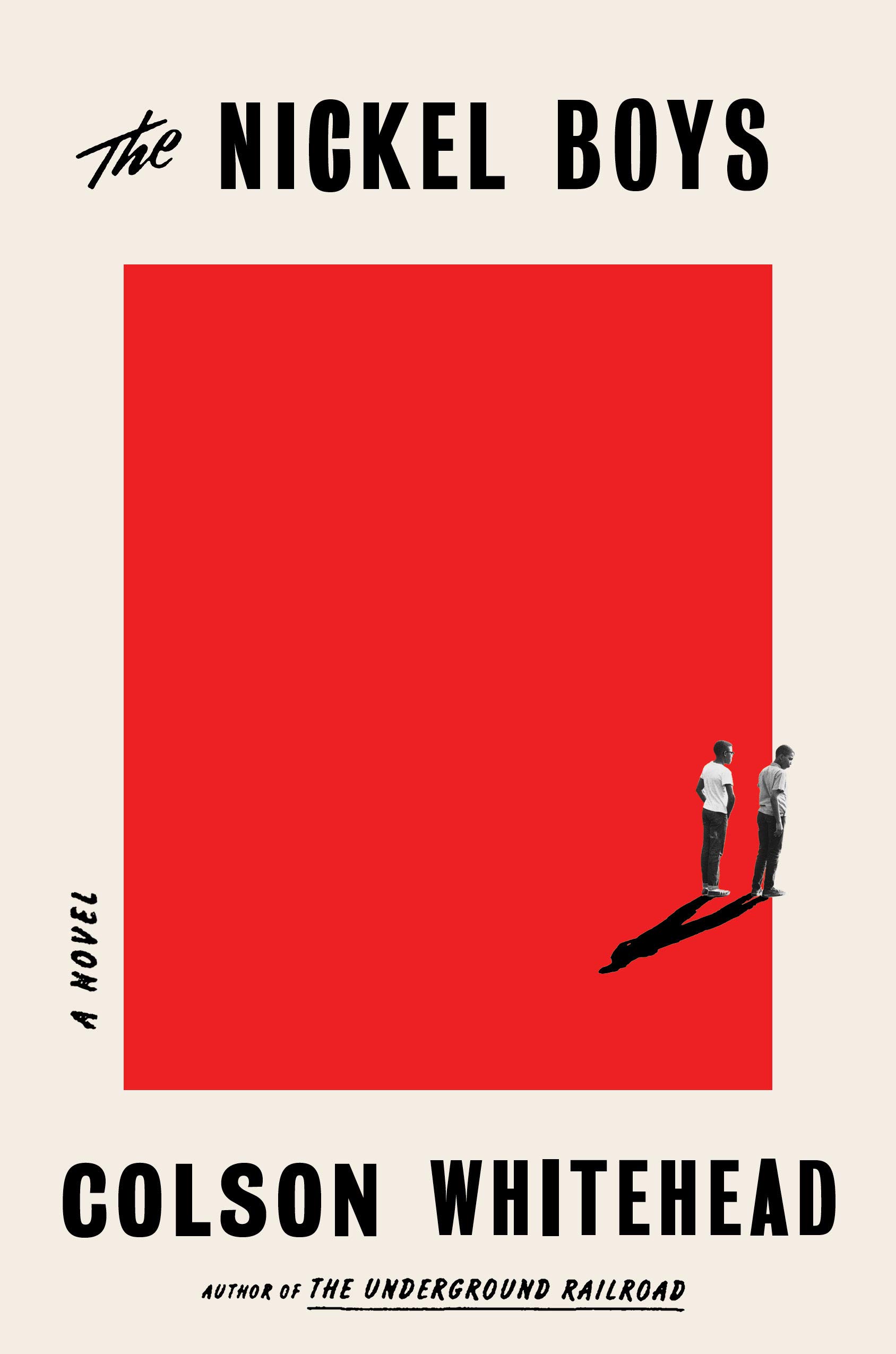Florida is firmly established in the American imagination as an oddball place. From Florida Man, the omnipresent, ever-meme-able epitome of stupid criminals, to weird fiction as full of Florida clichés as a golf course water hazard infested with alligators, to the swampy, mysterious genre known as Florida noir, in the last 30 or so years, Florida fiction has risen from the mires of regional lit into its own subgenre. This summer alone gives us three new excellent Florida books: Orange World and Other Stories by Karen Russell, The Nickel Boys by Colson Whitehead, and Mostly Dead Things by Kristen Arnett.
Modern Florida lit had its august beginnings with a group of authors that includes Zora Neale Hurston, who wrote Their Eyes Were Watching God; Patrick D. Smith, who wrote A Land Remembered, a saga about Florida’s pioneering past; and the now (sadly) recognizable name of the writer Marjory Stoneman Douglas, who created a non-fictional tribute to one of our national treasures in The Everglades: River of Grass.
These iconic works, with their serious and elegiac tones, are very different from the zany oeuvre of Florida-born Carl Hiaasen, a veteran journalist and novelist whose over-the-top books about ne’er-do-well protagonists have sold millions across the globe. But these earlier writers, regardless of where they were born, had steeped themselves in Florida’s history and culture. Hurston was born in Alabama but grew up in Eatonville, a town north of Orlando that has the distinction of being the oldest incorporated all-black community in the United States. Smith hailed from Mississippi, but after marrying a woman from DeLand, Florida, he dug his roots into the Central Florida soil. Douglas was from Minnesota, but she became one of the greatest environmental champions the Everglades have ever known.

(Photo: Knopf)
Unlike the work of these devoted writers who essentially became Floridian, recent Florida literature, fiction in particular, has become the purview of visitors and voyeurs who sometimes disregard the state’s more complicated heritage in favor of stale, tourist-trap clichés. You’ve seen them all before: old folks, alligator wrestling, ramshackle theme parks, stupid criminals, private investigators who live on sailboats, failing sports teams, drunk spring breakers, nefarious coastal billionaires, unsophisticated hicks, and lots of day drinking. Writers who rely on these easy tropes often manage to obscure the more complex and interesting stories alive in the state—and those buried in its past.
Not so long ago, Karen Russell was one of those writers. Her 2011 debut novel Swamplandia! basically offered a bingo sheet of Florida clichés. It had everything outsiders assume exists in Florida: gators and swamps and down-on-their-luck tourist attractions. So it’s a joy to see how much richer her reading of Florida has become. Her latest book, Orange World and Other Stories, leans even more heavily on the strange and peculiar than Swamplandia! did, but most of its stories take place outside of Florida. As you’re experiencing the collection, Florida comes to feel like the place you’re leaving. Instead of an otherworldly destination, Florida becomes a touchstone for normalcy.
This anchor becomes clear in the first story, “The Prospectors,” when two women set off from Florida into the West for adventure and escape. In one of the flashbacks to their time in Florida, the narrator recalls a conversation that’s characteristic of the collection’s attitude toward the Sunshine State:
A sea serpent, it was rumored, haunted the coastline beside the hotel, and 90 percent of our tourism was serpent-driven. Amateur teratologists in panama hats read the newspaper on the veranda, drinking orange juice and idly scanning the horizon for fins.
“Thank you,” Mr. Finisterre whispered to me once, too sozzled to remember my name, “for keeping the secret that there is no secret.” The black Atlantic rippled emptily in his eyeglasses.
Perhaps the strangest thing about Florida, as the background of this collection seems to intimate, is that it’s not necessarily stranger than anywhere else. We only notice the oddities in Florida because we’ve been trained to pay closer attention. Now Russell wants to pay attention to the strangeness we find everywhere, as suggested by one of the collection’s epigraphs: “We need to know where we live in order to imagine living elsewhere. We need to imagine living elsewhere before we can live there,” from Ghostly Matters by Avery Gordon.
By the time the collection does return to Florida, the reader is ready for more strangeness, because Florida, by its proximity to the other weird and fantastical stories, is no longer the isolated freak. “The Gondoliers” takes place in a post-apocalyptic Florida, transformed by global warming and inhabited by bat-like creatures that communicate by singing. This caliber of bizarre fits in with the other oddities in the collection, like the devil creature in the title story “Orange World,” which looks like a “mutant red raccoon” and suckles at the breast of a young mother as part of a deal to ensure her son’s health. By looking beyond Florida clichés in these stories, Russell manages again and again to conjure our fears, to compel us to reckon with the lengths we will go to assuage them.

(Photo: Doubleday)
While Russell’s book touches on certain social justice issues, including violence against women and climate change, another forthcoming Florida book focuses on the atrocities buried in the state’s racist past. Colson Whitehead’s latest novel, The Nickel Boys, sprang from real-life events. The Florida School for Boys, which was also called the Arthur G. Dozier School for Boys, was a segregated reform school in Florida’s panhandle, which opened in 1900 and stayed in business for over a century until closing in 2011. Over that period, school staff beat and abused hundreds of boys. Some of the students died. Since the school closed, investigations have unearthed the remains of 51 students, with more possibly waiting to be discovered.
Whitehead roots his novel in this shocking backstory based on tragic true events, grounding the story in a plausible version of Florida’s past. Whitehead, who was born in New York City, immersed himself in researching the historical events that seeded his novel, and the depth of his research shows. His prose maintains a newspaper-like precision, but it’s the details and the texture of the Jim Crow-era panhandle community that really sell the story. The Nickel Boys is one of those novels so well-researched that you likely won’t be able to tell which details are true and which are fiction. In this way, Whitehead shines a light on the racism and terror of a past that we must never forget.
While Whitehead shows tragedy on the monumental scale of history, Kristen Arnett’s debut novel, Mostly Dead Things, grapples with tragedy on a smaller one, and does so without relying on the fixtures of the genre.

(Photo: Tin House)
Mostly Dead Things takes place in a Central Florida taxidermy shop, which Arnett renders so realistically that I actually Googled it to see if I’d stumbled on it once. Protagonist Jessa-Lynn Morton is rebounding from two losses: her father’s suicide, and being left by her lover, who happened to be her brother’s wife. At first, she copes the only way she knows how, by drinking and doing taxidermy. The book is about family, loss, grief, and finding beauty and humor wherever one can, especially in the things that hurt. It’s written with a vivid specificity: You can smell the fried chicken and the beer, feel the sweat on your skin, hear the chorus of the crickets lulling you to sleep every night. It’s also a paean to the often-forgotten art of noticing small things. In the details, we’re reintroduced to parts of our lives that have become blurry with time: little things like the limescale in your shower, the crust on the carpet, the exact tang of water you drink from a sun-warmed hose. These “ugly parts” of each day come to life with their own peculiar beauty. It’s not beauty that Arnett has added; just beauty that we didn’t see before.
“It’s hard to talk about the ugly parts,” the protagonist’s mother says. “How we can be that terrible and still worthy of love.” The novel, as a whole, as if in answer, shows us there’s so much beauty and love and laughter in the broken things. And that revelation, even more than the details, is what makes this novel feel like home to me.
Arnett doesn’t shy away from the weirdness readers have come to expect; the novel includes not one but three taxidermied peacocks. There’s also a drunken “Viking funeral” on the shore of a lake that’s predictably full of gators. But Arnett isn’t relying on stale tropes to do her work for her. Serious and hopeful, sad and full of humor, Mostly Dead Things, like Florida itself, is multi-faceted, not one single story, but many.

Pacific Standard’s Ideas section is your destination for idea-driven features, voracious culture coverage, sharp opinion, and enlightening conversation. Help us shape our ongoing coverage by responding to a short reader survey.




!["Because our [Arab and Muslim] stories aren't told in mainstream media, it's up to us now to control that narrative. ... And until there's equal representation, I'm going to talk about Arab representation and diversity."](https://psmag.com/wp-content/uploads/2024/07/wafia_esperopsmag.jpg?w=380&h=250&crop=1)
